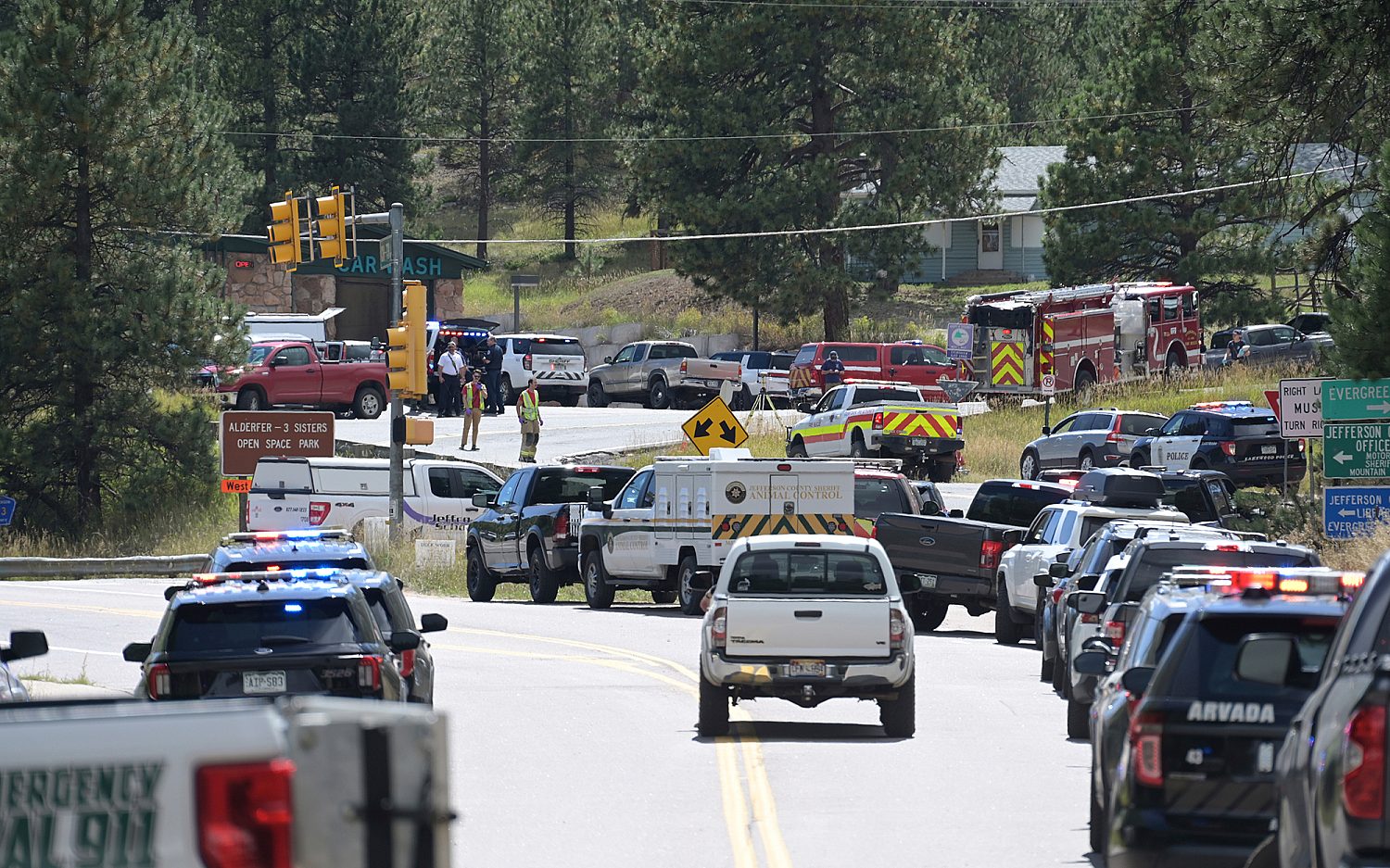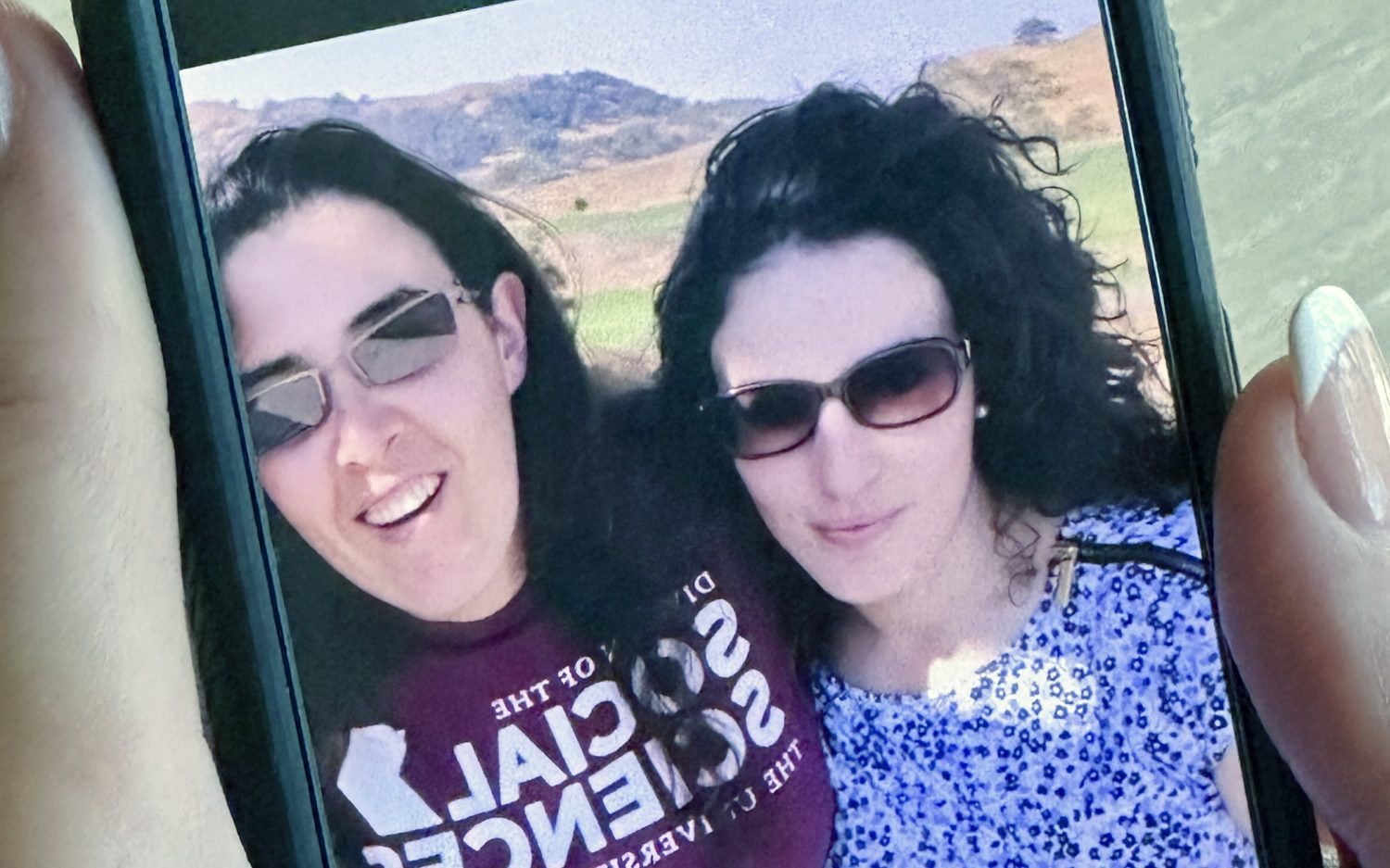Learn how to survive a plane crash with legendary British fortitude
There’s no one like the British for figuring out how to keep calm and carry on in a plane crash. A British Airways (BA) course originally offered to oil company workers flying to remote locations is now available to other frequent flyers. The company holds up to three classes a week in London.
It’s all about developing confidence and leadership in a crisis: A passenger who begins with the (bad) end in mind stands a chance of choosing confident action instead of getting paralyzed or melting down during an emergency. And knowing crash preparation procedures makes him able to lead other passengers or at least be a calm model to follow when a flight attendant gives instructions at a critical moment.
“In this day and age, everybody is so comfortable with flying, they get on planes and don’t consider safety,” said Andy Clubb, a safety instructor at British Airways’ flight training center where 15,000 people have taken the half-day safety course during the past decade.
With some 93,500 flights worldwide every day, carrying 8.3 million passengers, the chance of crashing is not minimal. But crashes with fatalities are actually rare. The aviation industry calculates an average of just one crash per million commercial flights. Flight professionals are some of the most carefully trained and closely monitored in the world, and the number of air crashes with fatalities during the past 10 years was only 138 globally, according to aviation consultancy Ascend. In 2012, U.S. road accident deaths numbered 33,561, compared to only 449 aviation deaths.
“The likelihood is that you are never going to have to do it in a real life situation,” said course participant Sarah Barnett, a vacation marketer. “But knowing now that you could do it, just gives you a bit more confidence.”
Crashes mainly occur during takeoff or landing, and usually there are survivors.
But any crash has the potential to be less traumatic and lethal for those who take the $265 BA training. The course is so life-like that it may prove too realistic for those with a “medical problem such as a heart condition, asthma or claustrophobia.” Participants begin inside a Boeing 737 cabin simulator, which rocks back and forth for taxiing, then tilts up for takeoff. As theatrical smoke fills the cabin, attendants shout “Brace. Brace. Brace.”
Besides evacuation techniques and other survival tips, the key is assuming the proper brace position: Bend forward as far as possible, keep your head down, place your feet flat on the floor and slide them back, placing hands behind the head. Commercial airline seat design contributes to bracing’s effectiveness. They boost a plane’s crashworthiness, since they can withstand impacts up to 16Gs without buckling.
Course participants will find one unrealistic feature on their simulated flight: Everyone is over 18 and no alcohol is allowed.
“Fingers crossed, this afternoon [will have] been a complete, utter waste of time,” Clubb said. “You are at greater risk getting in your car and driving to the airport.”
The Associated Press contributed to this report.
An actual newsletter worth subscribing to instead of just a collection of links. —Adam
Sign up to receive The Sift email newsletter each weekday morning for the latest headlines from WORLD’s breaking news team.




Please wait while we load the latest comments...
Comments
Please register, subscribe, or log in to comment on this article.